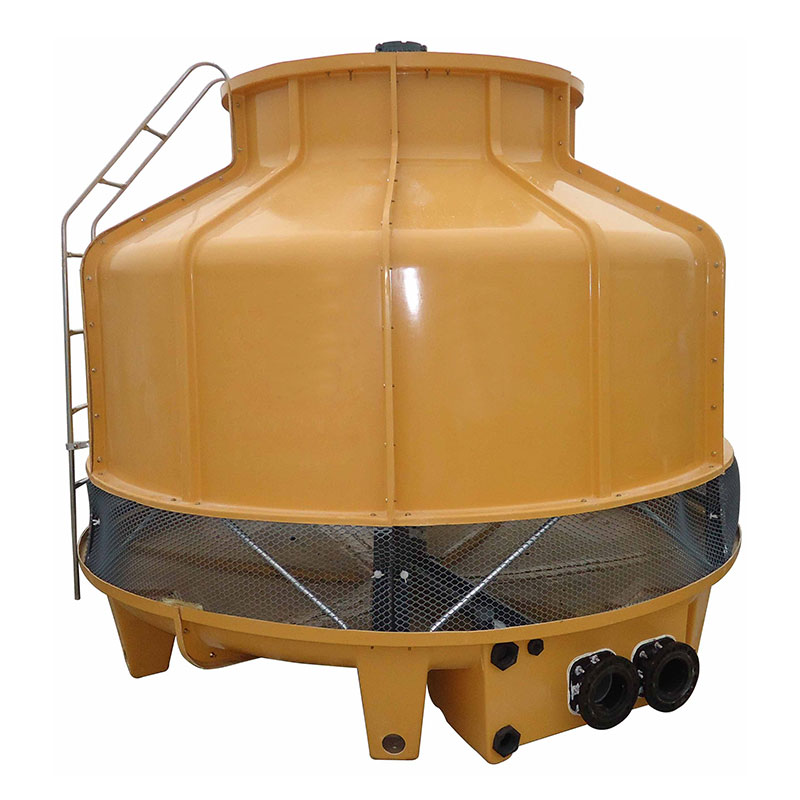How a water cooling tower typically works
2024-03-27
A water cooling tower is a heat rejection device that extracts waste heat from a process or industrial system by transferring it to the atmosphere through the evaporation of water. These towers are commonly used in HVAC (heating, ventilation, and air conditioning) systems, power plants, refineries, chemical plants, and other industrial facilities where large amounts of heat need to be dissipated.
Here's how a water cooling tower typically works:
1. Hot Water Inlet: Hot water from the process or system needing cooling is pumped into the cooling tower through pipes. This water carries excess heat accumulated from the process.
2. Distribution System: Inside the cooling tower, the hot water is distributed over a series of nozzles or distribution pans, typically located at the top of the tower. These distribute the water evenly over the tower's fill material.
3. Fill Material: The water cascades down through the tower's fill material. The fill material provides a large surface area for water to spread out and come into contact with air. This maximizes the evaporative cooling effect.
4. Airflow: Air is drawn through the tower either by natural draft (created by the difference in air density between the hot, rising air inside the tower and the cooler air outside) or by mechanical draft (using fans). As the air moves through the tower, it comes into contact with the falling water, causing some of the water to evaporate.
5. Heat Exchange: As water evaporates, it absorbs heat from the remaining water. This process of evaporation removes heat from the water, cooling it down.
6. Drift Eliminators: To prevent water droplets from being carried out of the tower with the exiting air (drift), cooling towers often include drift eliminators. These devices capture water droplets and return them to the tower's basin.
7. Cooled Water Outlet: Cooled water collects in the tower's basin at the bottom and is then pumped back to the process or system needing cooling. The cooled water can absorb more heat and continue the cooling cycle.
8. Make-Up Water: Some water is lost through evaporation and drift, so make-up water is added to maintain the desired water level in the tower's basin.
Water cooling towers come in various designs, including counterflow, crossflow, and hybrid configurations, each with its own advantages and applications. They are efficient and cost-effective solutions for dissipating large amounts of heat from industrial processes while conserving water resources through evaporation.



